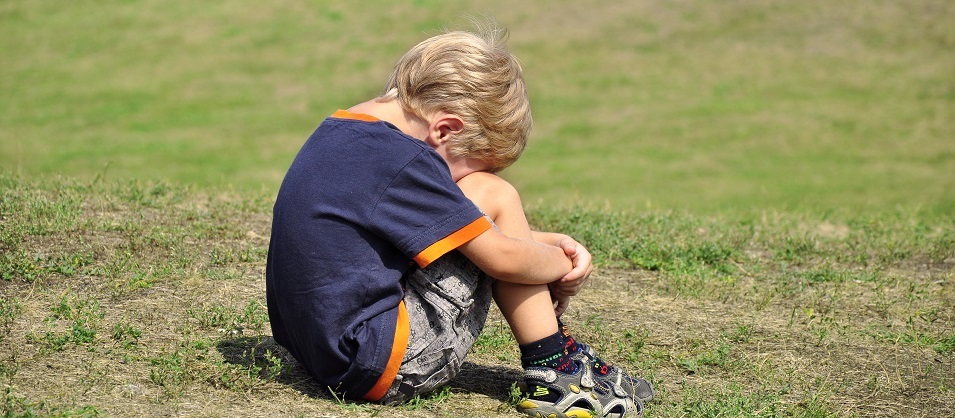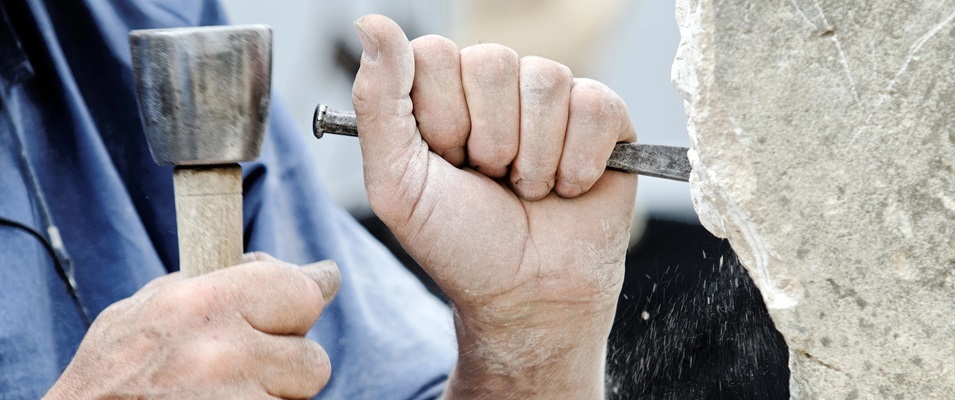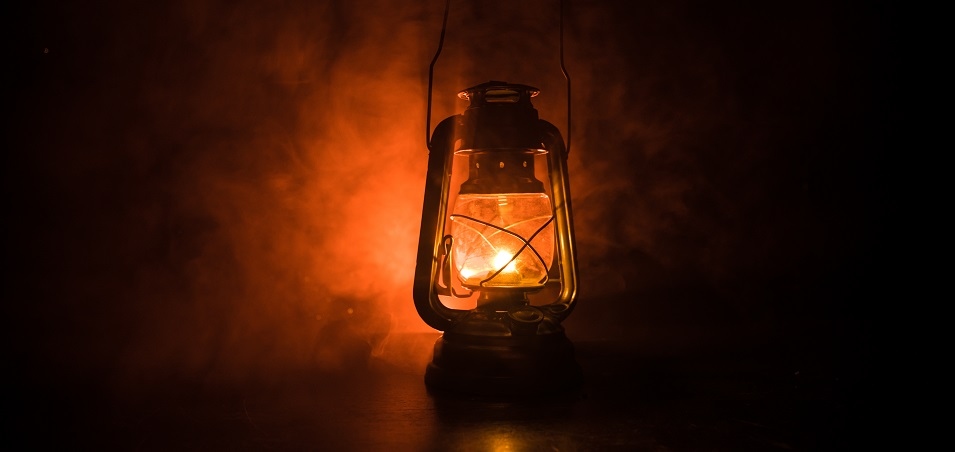
A few years ago, I was sitting on a park bench in Niverville watching my two daughters play. The park was busy but not crowded, and the children were playing together with friends both old and new. Like most of the parents present, my children were mobile and self-motivated, and they no longer required their father to provide hands-on assistance to use the play structures. Being able to sit and relax with a good book while my children played was an exciting new stage, and one I was determined to enjoy.
I was paying enough attention, though, to notice a young boy—six or seven years old at most—execute a truly dizzying faceplant into the packed surface of the park. A collective wince went through the audience and a few people glanced around expectantly, waiting for a comforting parent to rush in as the boy began to cry.
The father revealed himself, stepped forward to the boy, and crouched down… however, instead of offering comforting words, he spoke harshly in a voice that carried across the park: “Stop that! Everyone is looking at you! You don’t want everyone to think you’re a little girl, do you? Stop crying! Boys don’t do that!”
My heart sank as the boy cried harder and insisted that, no, he wasn’t a girl, but it hurts, and when he was unable to compose himself, the father gripped him by the upper arm and steered him towards the cars.
It has been years since that day in the park, but I clearly remember the helpless shame in the boy’s eyes—not shame for being hurt, I understood, but shame for failing to live up to his father’s expectations of him as a male. A clear standard had been set—boys don’t cry—and he had failed to live up to it.
The standards that we men have to live up to are, for better or worse, at the centre of our lives. They are also a matter of considerable interest to the psychological community.
Male mental health and male gender role expectations have been the subject of research, discussion, and debate in the social sciences for decades. Some of the more interesting dialogue, in my opinion, can be boiled down to a few questions. What are the consequences men experience for failing to live up to standards of masculinity? And, more importantly, what are the consequences of succeeding?
In Western culture, the phrase “be a man” carries a variety of social roles, expectations, and stereotypes. Masculinity is typically associated with behaviours and attitudes such as personal resilience, leadership, decisiveness, and physical strength.
As positive as these traits may be, however, an examination of male mental health in North America paints a stark picture. Men in Western society are impacted by social issues at disproportionate rates compared to women, including social isolation, substance use, incarceration, gambling, violence (both as perpetrator and victim), and related mental health problems.
Despite these figures, males seek help for mental health issues at rates far lower than women. In fact, one study found that one of the most common male responses to symptoms of depression was to hide those symptoms from their closest relationships.
The consequences of hiding these symptoms are dire. In Canada, 80 percent of completed suicides are males. For males between the ages of 15 and 24, suicide is the second leading cause of death.
These rates are at odds with the rates of depression diagnosis. While males receive only half as many depression diagnoses as females, males die by suicide at a rate four times higher.
This is the dark side of those so-called positive qualities of the Western male. Resilience and strength are not only encouraged, they are expected. We are to be self-reliant and not admit to any weaknesses. We are expected to handle problems, both internal and external, on our own, which may make us less likely to seek assistance when we do experience mental health problems.
Frequently, these resilient and self-reliant behaviours are cast in sharp contrast to more expressive emotional states, which too often in Western society have been seen as traditionally “feminine.”
These standards have historically been enforced by the world around us. From a young age, we are taught—by our fathers, by our classmates, and by media aimed at male audiences—to avoid the appearance of being even remotely feminine. This includes not only crying but any expression of emotion that doesn’t fit into the standard of what we’re told it means to “be a man.”
The motivation for discouraging males from expressing “feminine” emotions is often misguided. Sociologist Dr. Emily W. Kane’s landmark research in 2006 found that fathers who enforced these unhealthy versions of masculine emotion did so out of a fear that their sons would become homosexual if they did not. These fears are as misguided as their consequences are so often tragic.
For all the work done in the social sciences related to male psychological health, it was perhaps said best by a British comedian in 2015:
“I feel like part of the issue is this idea that [men] are meant to be resilient,” said Josh Thomas Ward. “Up until the age of eight or nine, boys cry the same amount as girls, and then they get taught to stop. They’re not allowed anymore. And it’s ridiculous! And this fear of looking weak or looking feminine or looking gay is stopping men from talking about their feelings. And then they kill themselves.”
It is important to note that masculinity, even here in the West, has been evolving for some time. Men are being encouraged to express their emotions, to set healthier expectations for their resilience, and to seek help when necessary.
The way fathers raise their sons has been changing as well. For instance, unlike the boy I observed in the park, I was raised by a father who did not expect me to avoid expressing “feminine” emotions, and who encouraged me to seek help when I need it (an upbringing I am increasingly grateful for).
Many more men in these upcoming generations have likewise been raised not to sacrifice their mental health for the sake of living up to some masculine ideal, though the effects of centuries of unhealthy expectations may not be so easily undone.
Fortunately, times change, and more resources are being made available to help men speak up about their struggles.
In 2018, the American Psychological Association released a document of clinical practice guidelines for counsellors and psychologists working with men and boys. These guidelines provide support for clinicians working with males who may be experiencing the strain of unhealthy expectations and who avoid seeking help for their struggles. The field of psychology, as a whole, is taking the mental health needs of men more seriously than ever before.
At no point should it be said that males as a whole are bad or unhealthy, nor is masculinity somehow “wrong.” Public discourse about masculinity often gets derailed around that point.
We can acknowledge that some of the ways in which traditional Western masculinity is enforced, though, can have consequences for our mental health as men. If you are a male who’s been experiencing depression, anxiety, or other issues that you have found difficult to talk about, you aren’t alone. Your feelings aren’t wrong. Please reach out. Please seek and accept help.
Because sometimes being strong means acknowledging your weakness, and sometimes being a man means letting your tears fall.




















